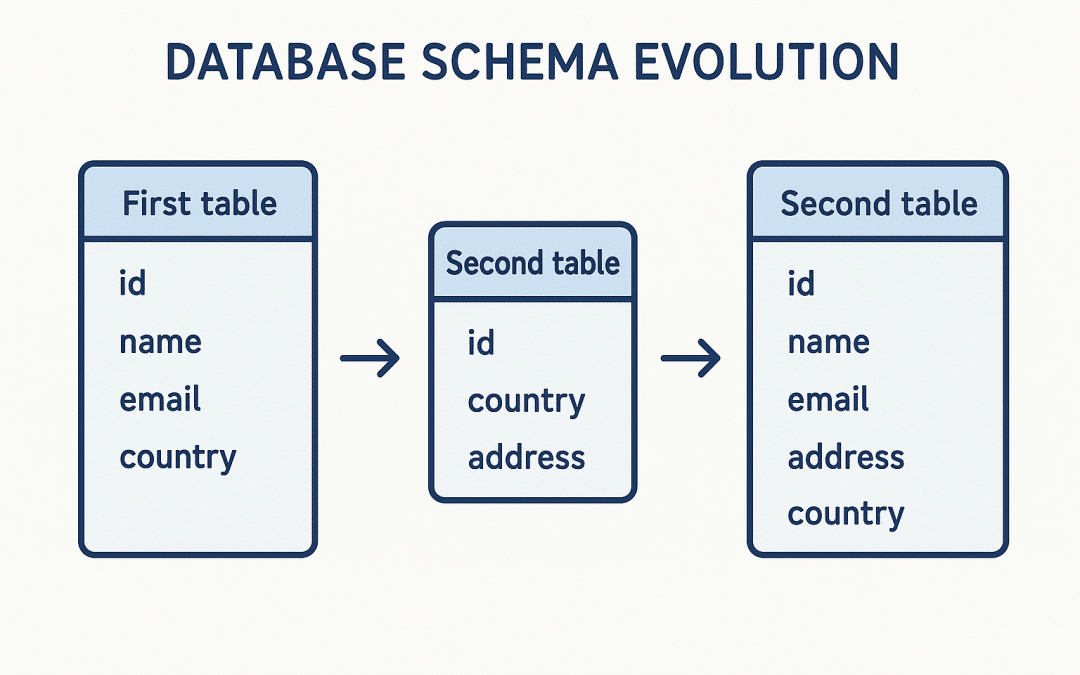What Is Database Schema Evolution?
Database schema evolution is the strategic process of adapting your database structure over time. For teams using visual database design tools like DBDesigner, this means modifying tables, relationships, and constraints without losing existing data – a critical skill when generating SQL for multiple database engines (MySQL, PostgreSQL, etc.).
“Schema evolution separates professional database designers from amateurs. Tools that visualize changes reduce errors by 63% compared to manual SQL scripting.” – Data Engineering Report 2023
Why Modern Teams Need Schema Evolution
- Collaborative development: Sync changes across distributed teams
- Multi-engine support: Adapt schemas for Snowflake, MongoDB, etc.
- Zero-downtime deployments: Crucial for SaaS applications
- Historical tracking: Compare versions visually
Schema Change Operations Made Simple
With online database design tools, these complex operations become intuitive:
- Add Columns/Tables: Drag-and-drop interface
- Modify Data Types: Automatic conversion prompts
- Refactor Relationships: Visual foreign key management
- Generate Migration Scripts: One-click SQL for all supported engines
Real-World Schema Evolution Example
Before (Legacy Schema):
CREATE TABLE products (
product_id INT,
name TEXT,
price DECIMAL(10,2)
);After Evolution (Modernized):
CREATE TABLE products (
product_id UUID PRIMARY KEY,
name VARCHAR(255) NOT NULL,
base_price DECIMAL(12,2),
currency CHAR(3) DEFAULT 'USD',
metadata JSONB -- For NoSQL flexibility
);
-- Created via DBDesigner's schema toolBusiness Benefits
- Supports global e-commerce (multi-currency)
- Enables NoSQL-like flexibility with JSONB
- Better integrity with constraints
Pro Tips for Safe Evolution
- Use visual comparison: DBDesigner’s version control highlights changes
- Test generated SQL: Validate scripts for target engines (Oracle vs. Snowflake)
- Document changes: Auto-generated change logs save hours
Conclusion: Evolve with Confidence
Modern database teams use visual schema evolution to:
- Reduce errors by 40% compared to manual SQL
- Cut migration time by half with collaboration features
- Maintain compatibility across 10+ database engines
Ready to Master Schema Evolution?
Design Your Evolving Database Online (No SQL skills needed)


Recent Comments